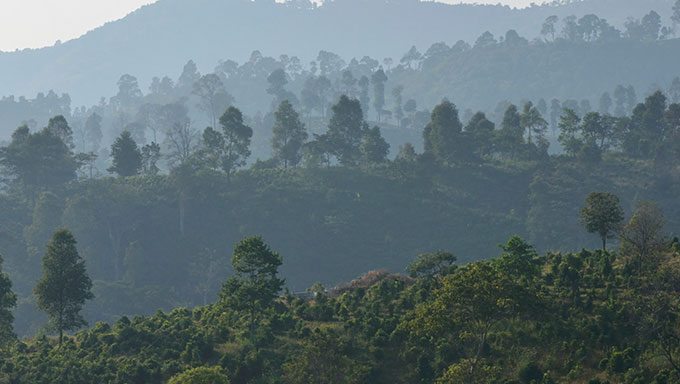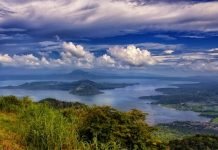The Peruvian government released deforestation data available to the public for the first time as part of a program to manage its forests sustainably.
The country’s territory includes 65 million hectares of Amazonian rainforest, which are home to a spectacular array of unique wildlife and tropical hardwoods. However, the rainforests have been plagued by illegal logging, which threatens the rich biodiversity and the local indigenous communities.
The government passed a law in 2000 to promote sustainable forest management and announced its participation in the United Nation’s program on Reducing Emissions from Deforestation and Forest Degradation (REDD+) for developing countries in Februrary 2013. This new satellite data system allows the government and other partners to see if their efforts to protect the rainforest are working.
The deforestation data was gathered using a highly sophisticated system of satellite images from the US National Aeronautics and Space Administration (NASA) combined with software to analyze the data. The initial data shows that although the amount of forested land has decreased from 80 percent in 2000 to 78 percent today, the rate of deforestation began to slow down in 2010.
Dr. Greg Asner, of the Carnegie Institution for Science, told environmental science and news website mongabay.com “This is a big deal. The Peruvian government is making their first estimates of deforestation available for others to view.”
Dr. Asner, who has been working with the Peruvian government to develop the system, believes it can be a model for other governments to monitor their own progress on reforestation.
Our respectful appreciation, Government of Peru, for providing this important information to the public and for your efforts in decreasing deforestation in your beautiful country. Also, many thanks to mongabay.com for sharing the findings. May more such data be made available in all parts of the world to help facilitate a united effort to preserve our life-sustaining forests.
 The Supreme Master Ching Hai
The Supreme Master Ching Hai


